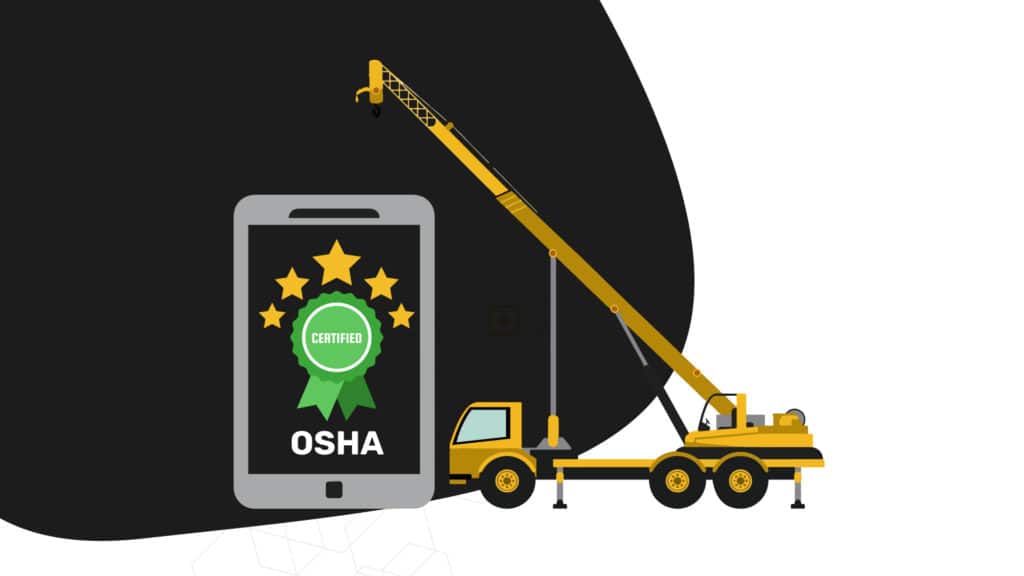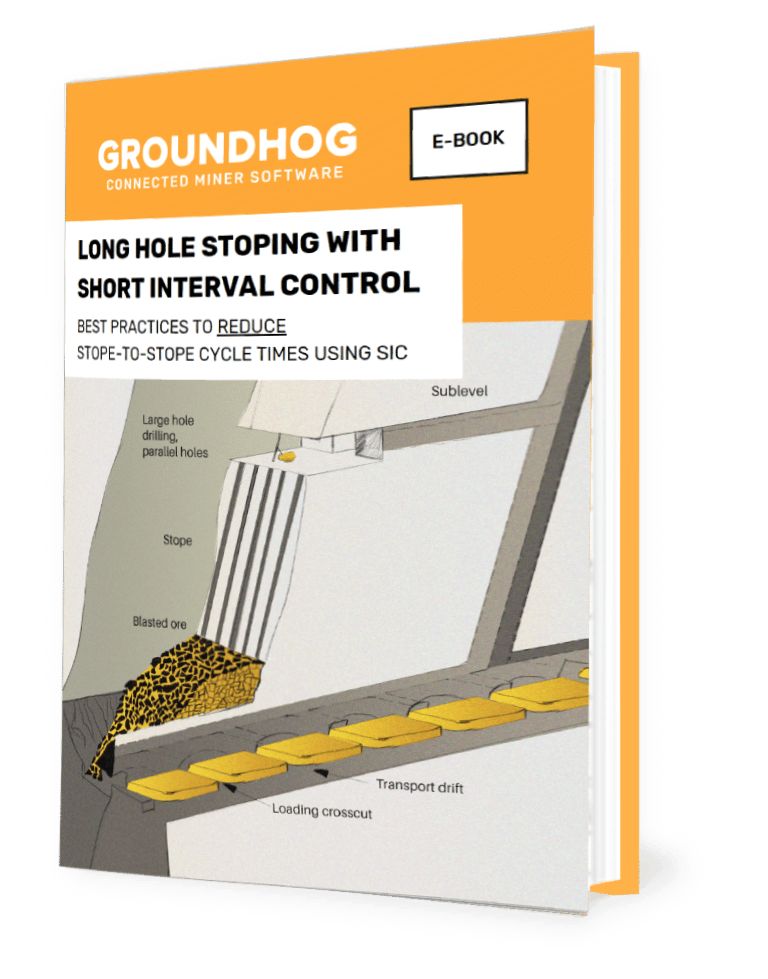
In 2018, the Occupational Safety & Health Administration (OSHA) began enforcing the requirement that all crane operators in the Construction Industry need to be nationally certified. Although this is an OSHA regulation (1926.1400 Subpart CC), many mines also require crane operators working on their property to be certified operators. This has become a best practice in most industries.
Do all crane operators need to be certified? The answer is no, for a couple of reasons. The first reason is that this is an OSHA construction standard, so the regulation only applies to crane operators in the construction industry. Secondly, if you are an “operator-in-training,” you can operate a crane as long as you are under the supervision of a certified crane operator per OSHA 1926.1427 (f). The certified operator must be on-site at all times except for short breaks. What about other crane operators, such as mechanics who operate service truck cranes? Technically, a mechanic’s truck crane is exempt if it is only being used “in activities related to equipment maintenance and repair” (OSHA 1926.1400 (c)(9)). But the catch is that as soon as that mechanic’s crane is, for example, used to load a drum of hydraulic oil or bring some needed equipment to a project, the operator needs to be certified.
What does certification mean? OSHA describes three levels of competency: Competent, qualified, and certified. A ‘Competent’ employee means that the employee can safely complete the task. This is a designation that can be given by the employer and does not require any testing or any proof. OSHA defines a ‘Qualified’ employee as a person who has “possession of a recognized degree, certificate, or professional standing, or who by extensive knowledge, training and experience, successfully demonstrated the ability to solve/resolve problems relating to the subject matter, the work, or the project.” So, to be ‘Qualified’, an employee needs to demonstrate that they can safely do that task. A ‘Certified’ employee is the next step above a ‘Qualified’ employee. A ‘Certified’ employee meets the same qualifications as a ‘Qualified’ employee, the difference is that they must undergo testing through an accredited professional organization or body that oversees that subject.
So, how do operators become certified? To certify an operator, the training program needs to be nationally accredited.
There are four nationally accredited training programs in the country:
1) Crane Institute Certification (CIC) www.cicert.com
2) National Commission for the Certification of Crane Operators (NCCCO) www.nccco.org
3) National Center for Construction Education and Research Crane Operator Certification Program (NCCER) https://www.nccer.org/
4) Operating Engineers Certification Program (OECP) www.oecp.org .
Of the four, only the CIA, NCCCO and NCCER are open to the general public. The Crane Institute lost its accreditation at the end of 2019 but has now been re-accredited and has begun testing again. There are third-party trainers available; however, they will be representing one of these companies. These companies certify operators using written and practical (hands–on) tests. Expect the whole process, including the prep class, written test, and practical test, to last four days, plus or minus a day, depending on the trainer and experience level of your operator.
Also, keep in mind that in addition to crane operators becoming certified, OSHA requires signalmen and riggers to meet the new OSHA standards as well. OSHA 1926.1428 (c) states that signalmen have to be competent and that their competency must be verified through “an oral or written test, and through a practical test” (OSHA 1926.1429 (c) (5). A rigger needs to be qualified per OSHA 1926.1401. A qualified rigger does not need to be certified by an accredited company or third party but does need to be tested on general knowledge and have experience rigging loads. If you don’t feel comfortable doing this training in-house, there are multiple companies and consultants who can teach a combined rigger/signalman class, often in one day.
The Mine Safety & Health Administration (MSHA) relies on OSHA for many of its crane regulations and requirements and is starting to pay more attention to cranes and how they are being operated. It is a good idea to step back and look at the big picture. Yes, there is a lot of focus on crane operator certification, but don’t forget about the signalmen and riggers who help your operator. There is also the crane itself. OSHA 1926.1412 (d) lays out the inspection requirements for a crane. Is it inspected annually? Is it inspected and documented every shift by a competent person? And last but not least, is your rigging being inspected and kept in good condition? Once again, if you have any questions, there are a multitude of training companies and consultants who can help you find the answers.
At first, these certification requirements and increased focus on crane safety might seem like an unnecessary burden, but ask yourself this question: Would you rather have operators who you think are competent to operate a crane or do you want operators who have taken the tests to become nationally certified and you can be confident that they are competent to operate a crane? And wouldn’t you want to know that your cranes and rigging are in good shape and being regularly inspected? Cranes not only have the potential to injure someone on the ground, but they often pick up expensive equipment or supplies. And think; something dropped on the ground might not hurt anyone, but the result could potentially hurt your company financially and hold up the project, thereby hurting your reputation.
A Safety Training System commonly used in mines is GroundHogLMS.com
You can also read more about Safety at mines at https://groundhogapps.com/mining-safety-lms/
About the Author: John Fowler
John Fowler is a Certified Safety Professional and a Certified Mine Safety Professional who has worked on projects ranging from offshore oil/gas platforms in Alaska to surface and underground mines in the western US. You can contact John at john.m.fowler@gmail.com.


